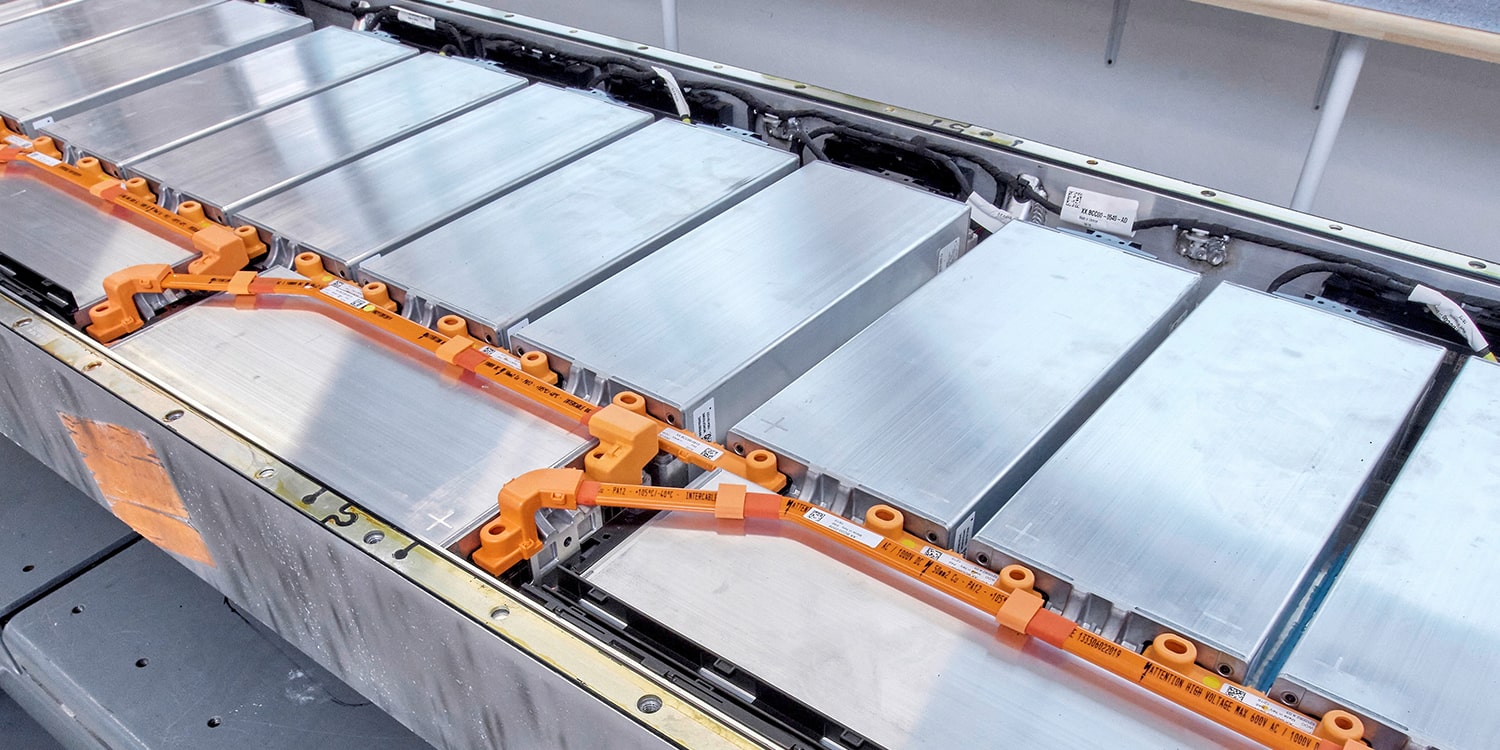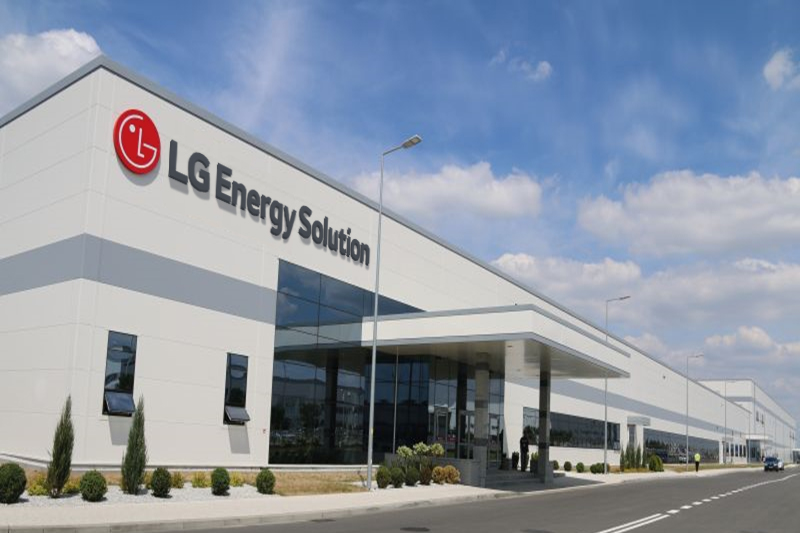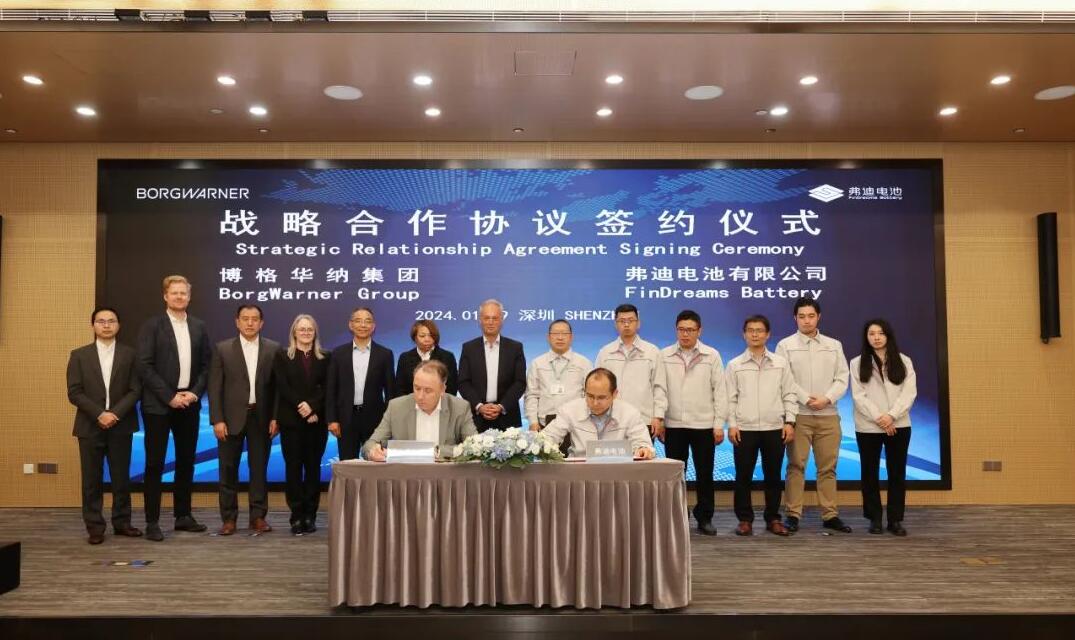A team of researchers from South Korea’s Pohang University of Science and Technology (POSTECH) has unveiled a groundbreaking silicon-based lithium-ion battery system aimed at revolutionizing electric vehicle (EV) technology. This innovation promises to extend the range of electric cars up to an impressive 1,000 kilometres, addressing a key limitation in current EV batteries.
The project, led by Professor Soojin Park, focuses on the use of silicon, a material known for its high energy density. Silicon, however, poses challenges due to its significant expansion and contraction during the charging and discharging process, which can affect battery efficiency. While nano-sized silicon has been used to mitigate this issue, its production process is complex and costly.
See also: University of Edinburgh Researchers Explore Bioengineered Bacteria for EV Battery Recycling
The POSTECH team’s breakthrough lies in their use of micro-sized silicon particles, which are both cost-effective and practical. By incorporating these particles into a gel polymer electrolyte, the researchers have achieved greater stability compared to traditional liquid electrolytes. They have also developed a method using an electron beam to form covalent bonds between the micro-silicon particles and the gel electrolytes. These bonds help dissipate internal stresses caused by silicon’s volume expansion, enhancing the battery’s structural stability.
The new battery system boasts high stability and similar ionic conductivity to conventional batteries, while achieving a 40% improvement in energy density. Moreover, the manufacturing process is described as uncomplicated, making it a promising solution for mass production.
See also: Chinese Researchers Introduce Innovative Self-Powered System for Efficient LFP Battery Recycling
Professor Park expressed optimism about the project’s implications, stating, “We used a micro-silicon anode, yet we have a stable battery. This research brings us closer to a real high-energy-density lithium-ion battery system.” If successful, this innovation could significantly accelerate the adoption of electric vehicles by overcoming one of the major hurdles in EV technology.







